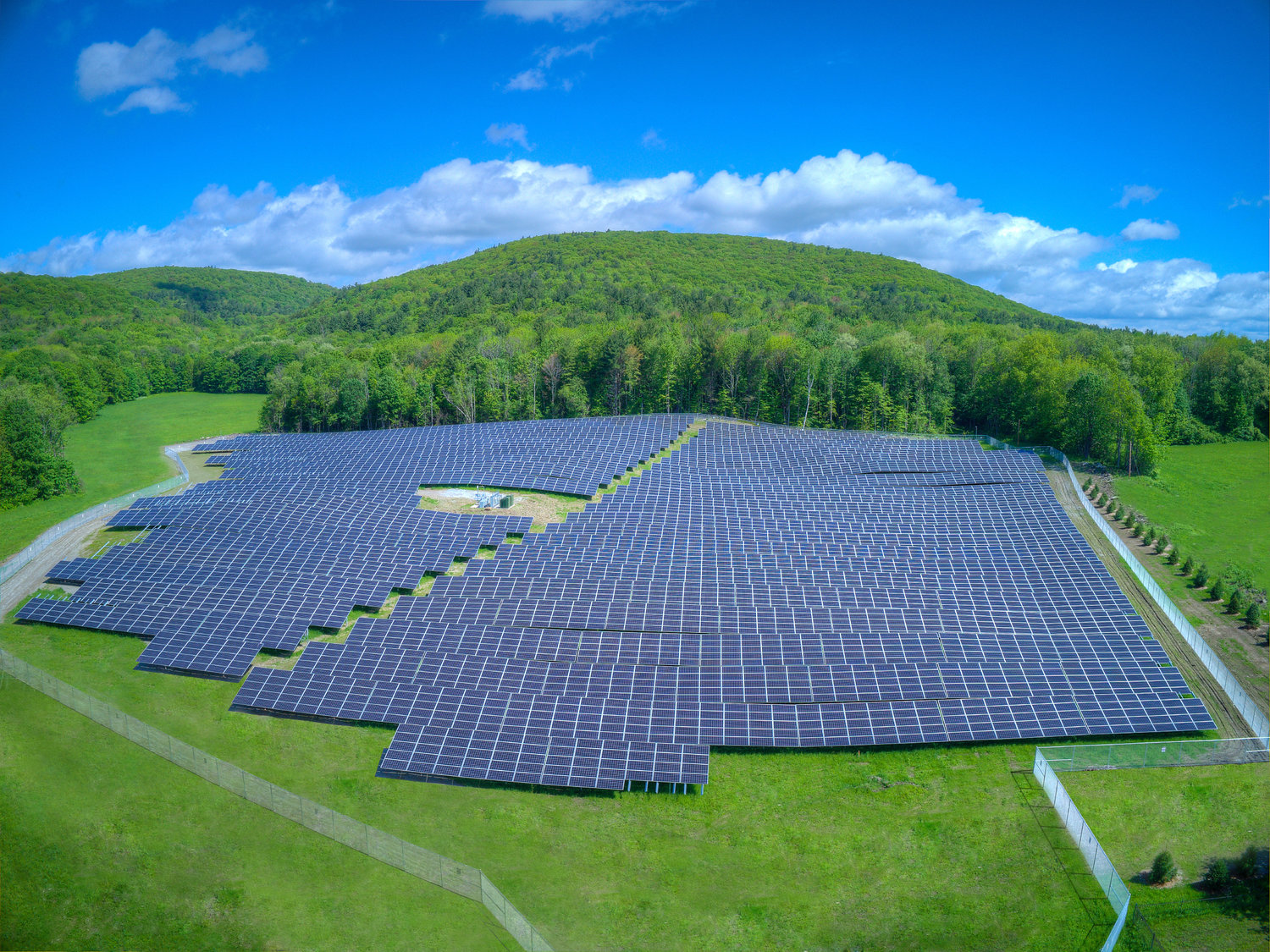As the United States has drawn back from international commitments to reduce greenhouse gas emissions, the battle to combat climate change is moving to the state and local level.
California recently set the pace by committing to have the state run on 100% carbon free electricity by 2045. Earlier this month, Governor Jerry Brown signed the historic Senate Bill 100 which commits his state to run on renewable energy. According to a report in spring of 2018 from the U.S. Department of Commerce, California is the fifth largest economy in the world. This is the highest ranking it’s had since 2002, which gives this bill a lot of weight. In 2017, 29% of in state electricity generation came from renewables, second only to natural gas. On optimal days of 2017, solar alone generated over half of the state’s usage. The fact that California has been a leader in clean energy while also building a thriving economy is a strong counter to the argument that transitioning from fossil fuels to more sustainable sources will hurt economic growth. The size of the state, both in population and in GDP, also means that their commitment will have a big impact and be an example for others.
While California’s decision to push hard for zero carbon emissions is major, it is actually the second state to set this goal. The first was Hawaii, which also committed to going 100% renewable by 2045 back in 2015. In 2017 Hawaii got a whopping 33% of its energy from rooftop arrays alone, and on good days can it hit 60% from renewables more broadly.
Massachusetts has also been a leader in efficiency and renewables. Back in 2008 they set an example with targets for reduced greenhouse gas emissions, aiming for “…25% below 1990 levels for 2020 – on the way toward an 80% reduction in emissions by 2050.” Just this June Mayor Marty Walsh hosted an international mayor’s climate summit in Boston, MA to discuss how cities can become more resilient, prepare for climate change, and take action locally to reduce carbon emissions. The summit also featured prominent business leaders, to encourage cooperation between the private and public sector.
The concept of “net zero” or “100% Renewable” is also becoming more mainstream. According to a recent Greentech Media article: “More than 200 mayors across the country have publicly committed to achieving 100 percent clean energy, and a small but growing number of states are considering the same target.” These goals are getting support from both political parties, and each politician, city, and state that joins in makes a 100% renewable future seem more realistic and achievable.
With the setbacks and change of tone the U.S. has seen on climate change recently, leadership and action has to come from the local level. States and cities concerned by climate change, especially in coastal regions, and consumer preferences for clean energy are pushing change forward. Local change starts with individuals; and residential efficiency and clean energy has been a major driver. Find out below what you can do to change the way we get our power here in Massachusetts.
SEE FOR YOURSELF
Community Solar Makes Solar Available to All




